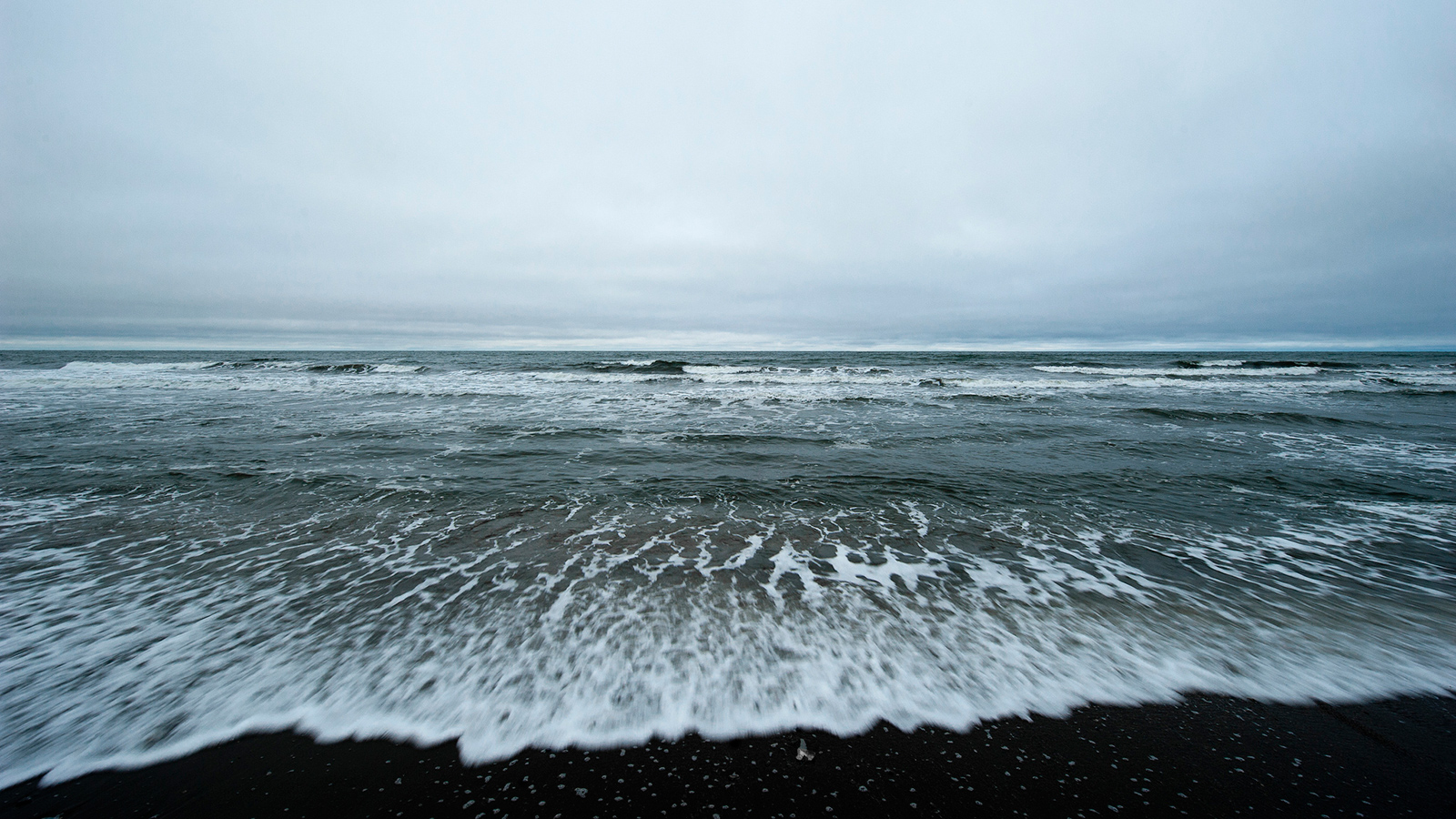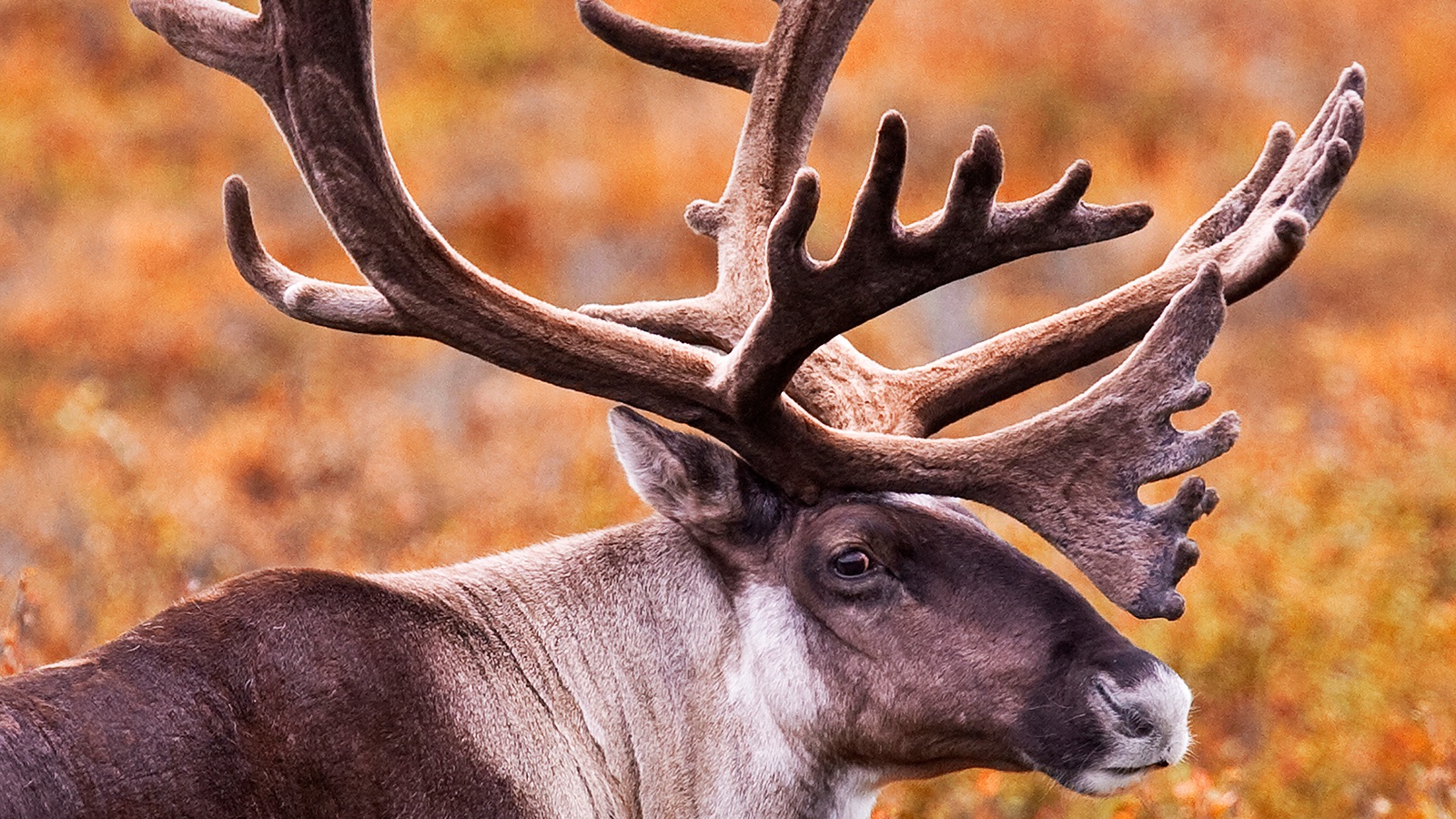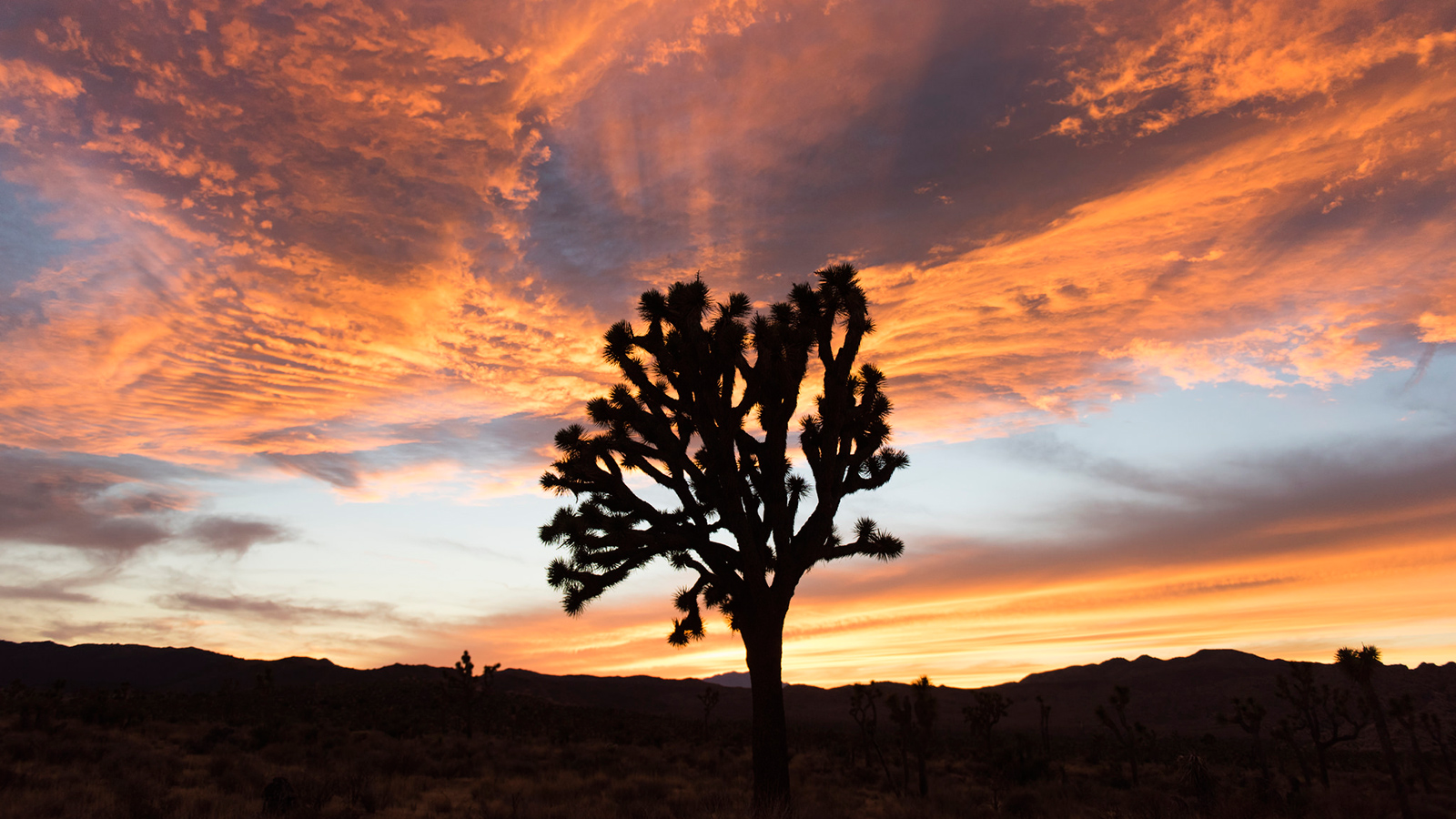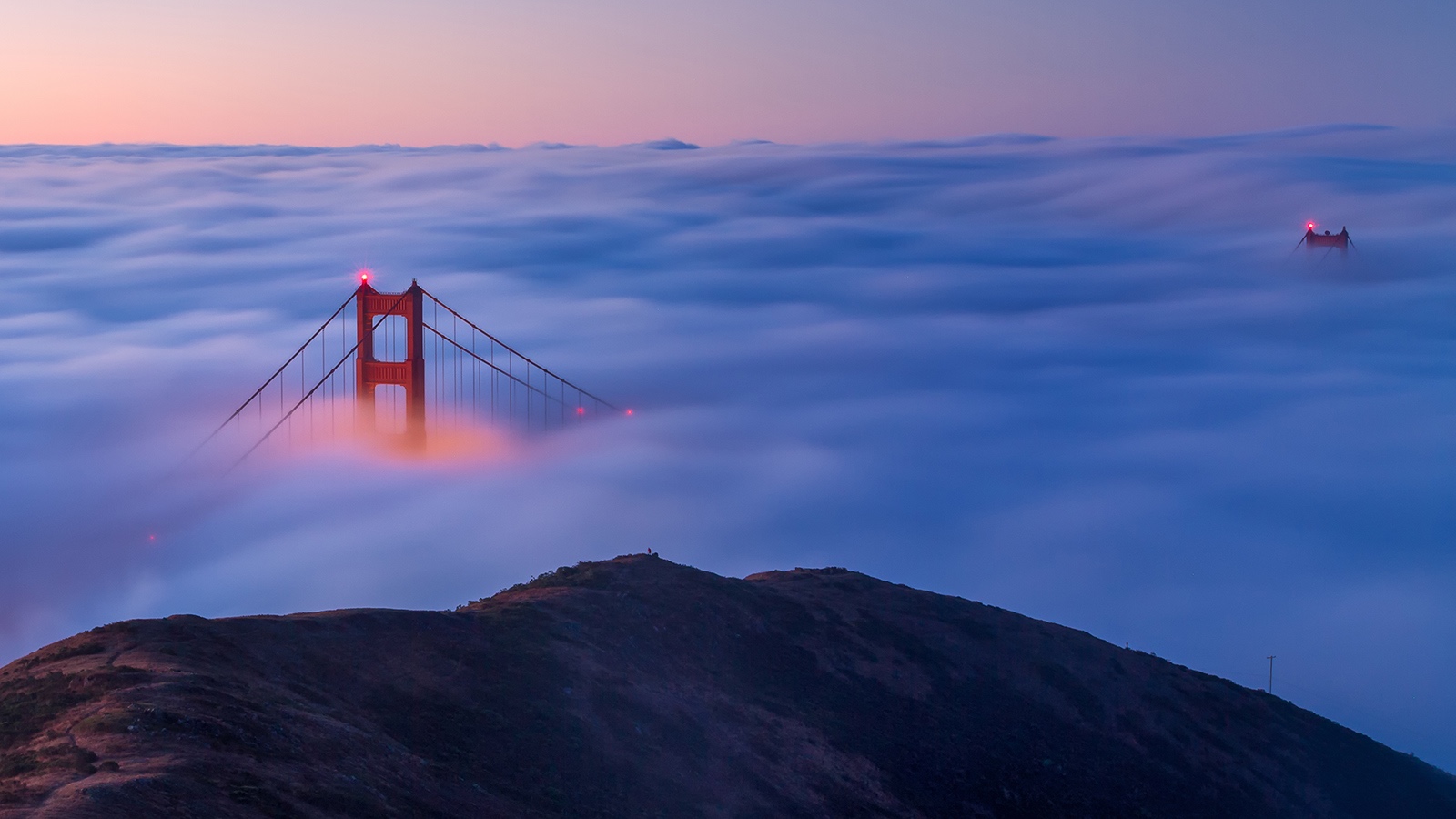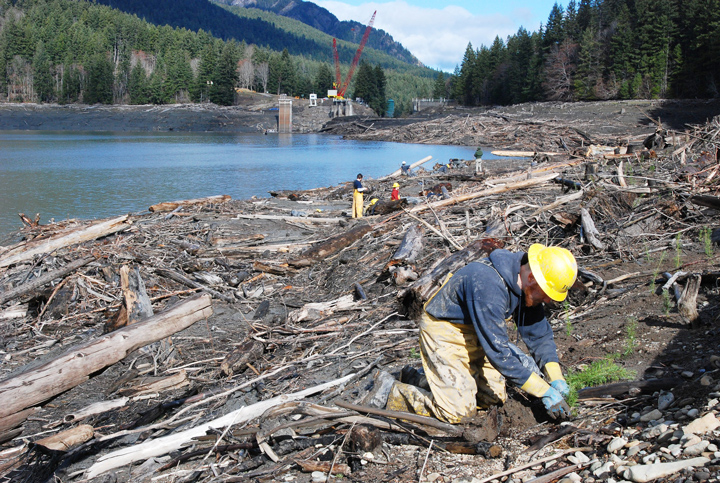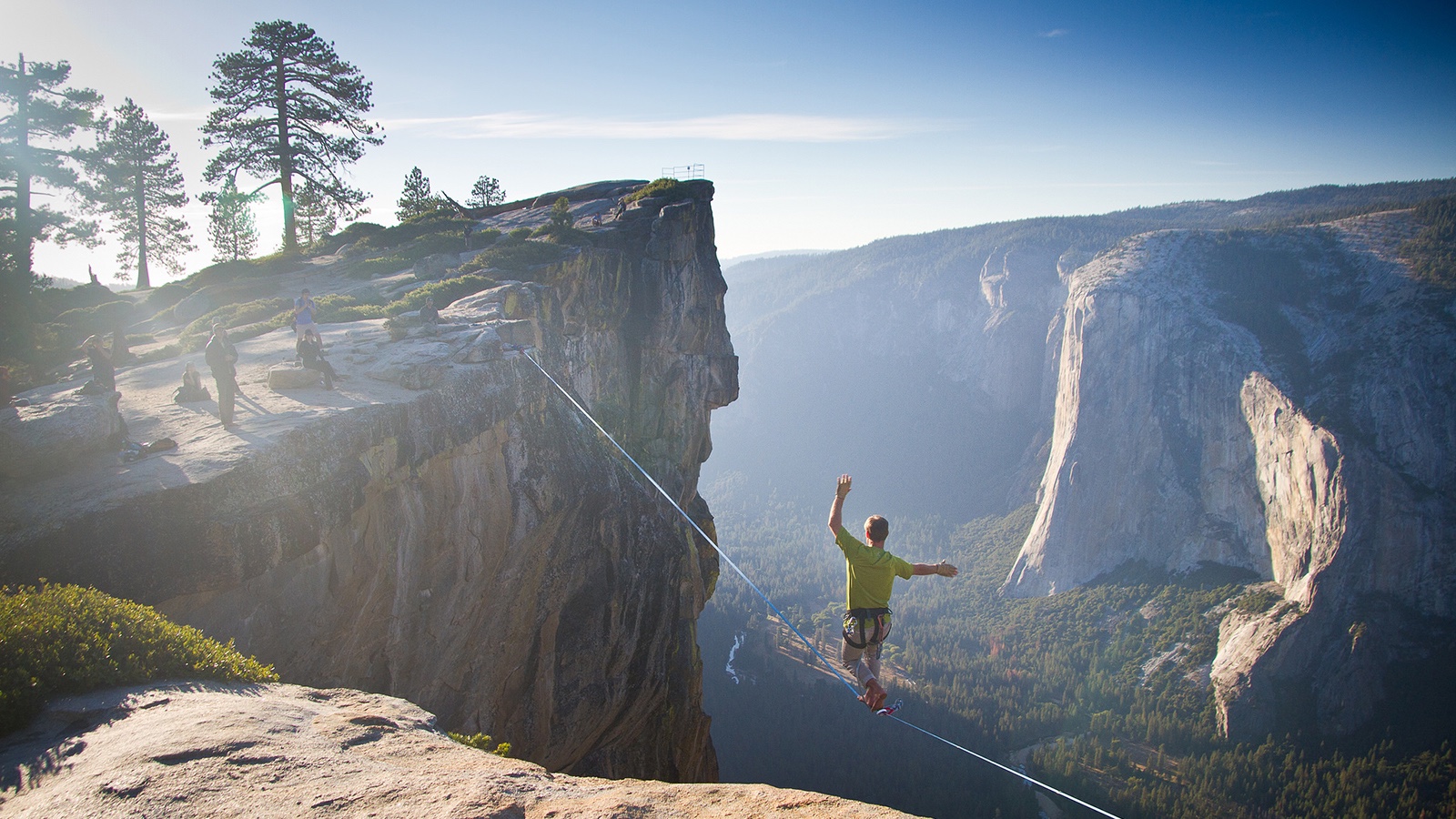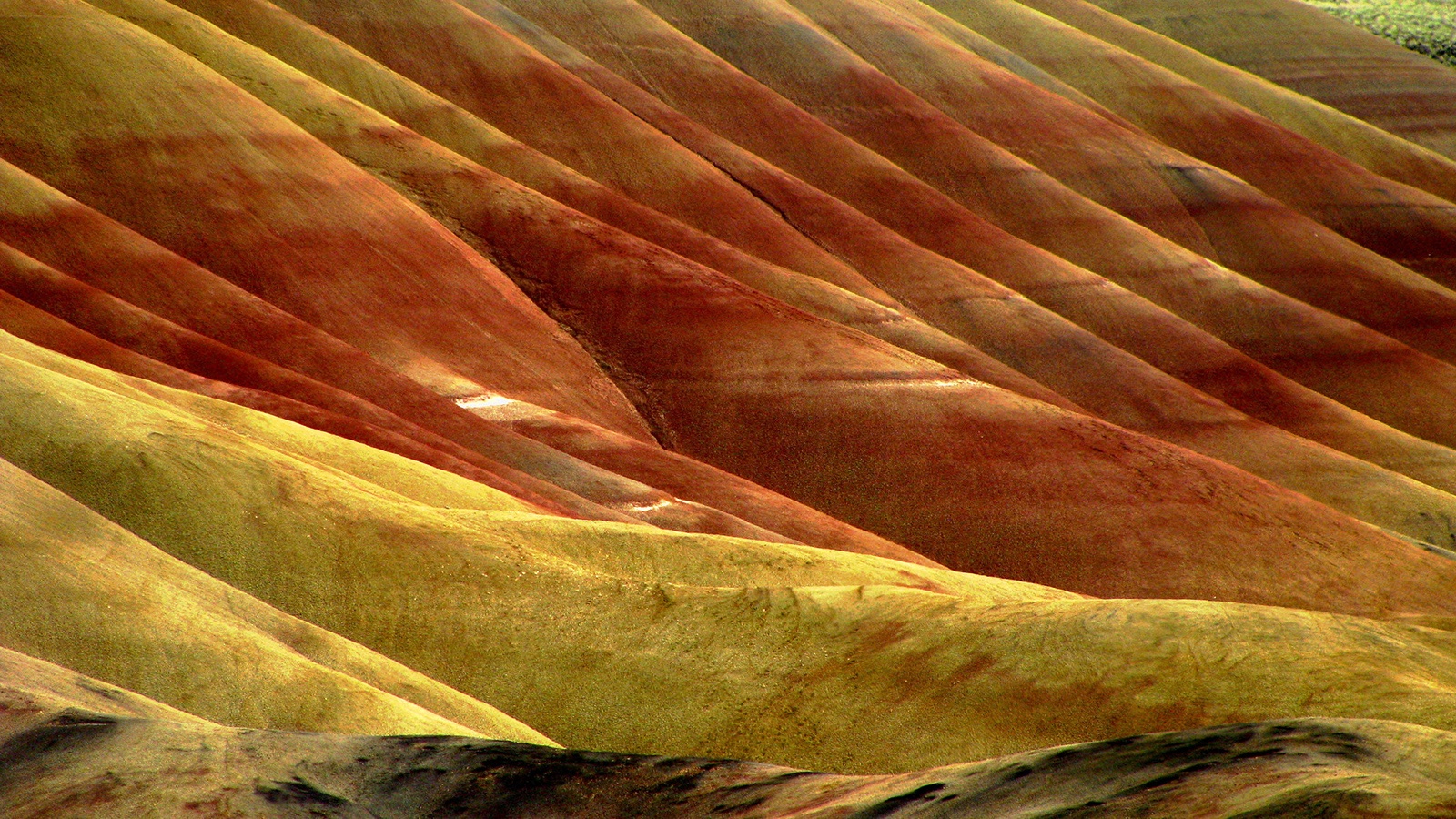"The Yosemite, the Yellowstone, the Grand Canyon are national properties in which every citizen has a vested interest." — Stephen Mather in 1920
By Brian Kahn
August 24, 2016
Nearly a century later, the words of Stephen Mather, the first director of the National Park Service, still ring true. The big three parks — as well as the 412 (actually make that 413 as of Wednesday!) other National Park Service sites — are something all Americans are vested in.
Maybe it’s because those park sites are home to cherished memories — a favorite fly fishing trip, hiking a mountain trail or a picnic under a canopy of ancient trees. Maybe it’s because of a summer job or that Junior Ranger badge still in a box under your bed. Or maybe it’s just the lure of some future adventure.
Whatever the reason, we have a huge stake in the present and future health of national parks because ultimately, these cherished places are a reflection of who we are as individuals, and as a nation.
In this, the 100th year of the National Park Service, there’s a lot to laud about the agency’s accomplishments and the role of parks in our cultural consciousness. Since Mather’s report, the number of annual visitors has risen to 300 million from 1 million and there are 377 more parks, monuments and other sites under the agency’s domain than there when it was born on August 25, 1916.
But after Thursday’s official celebration has passed, there will still be an incredible array of challenges ahead for this disparate collection of national treasures to remain viable in the 21st century.
There’s no bigger task than dealing with climate change. Well, tasks actually. There’s no single solution to combatting climate change in national parks (aside from cutting fossil fuels, of course) and many of the remedies being pursued or discussed have never before been tried on such a large scale.
“In order for us to cope with climate change, we have to change the way we think about conservation, protecting nature and national parks,” said Jon Christensen, an environmental historian at UCLA.
